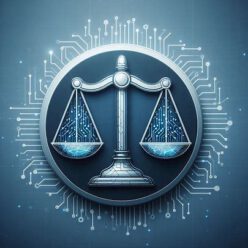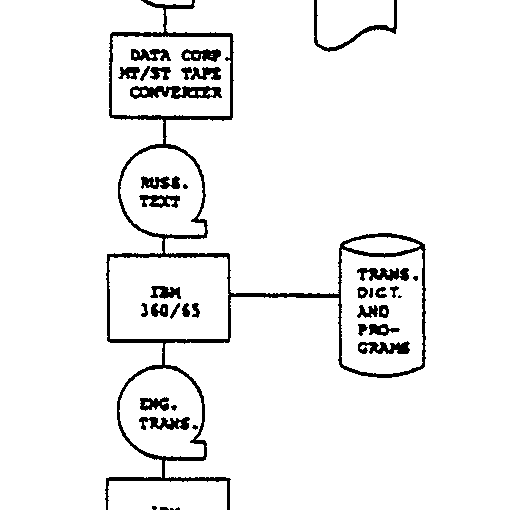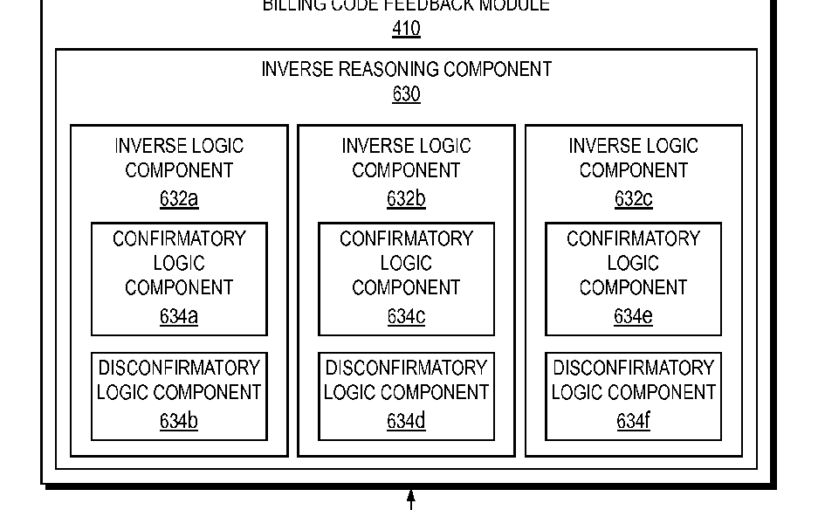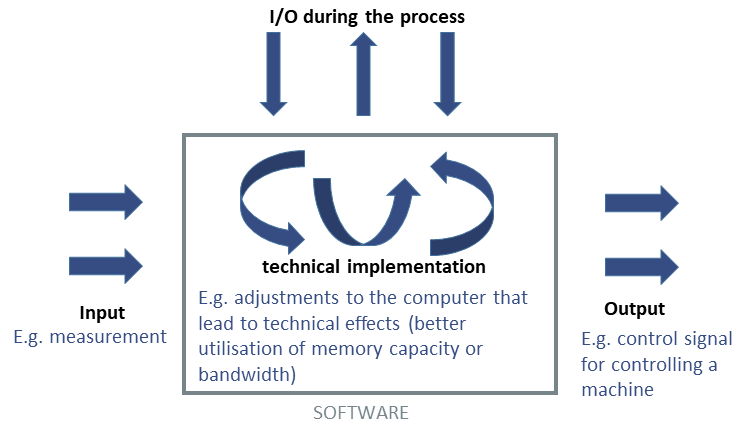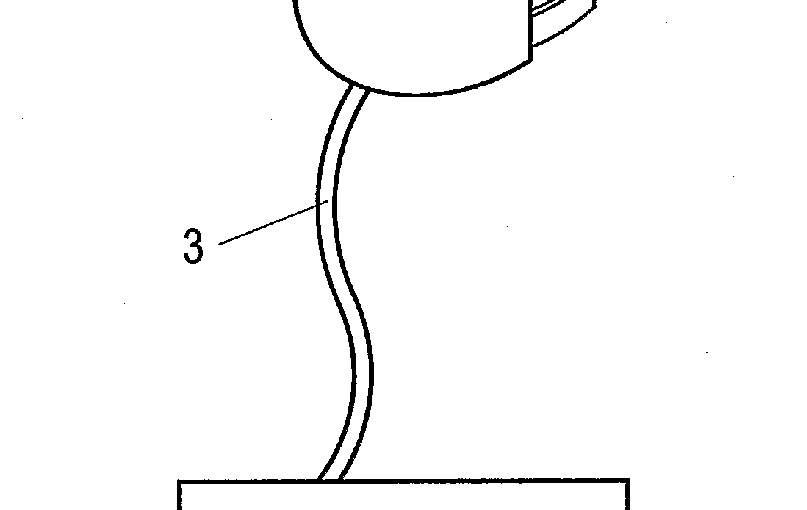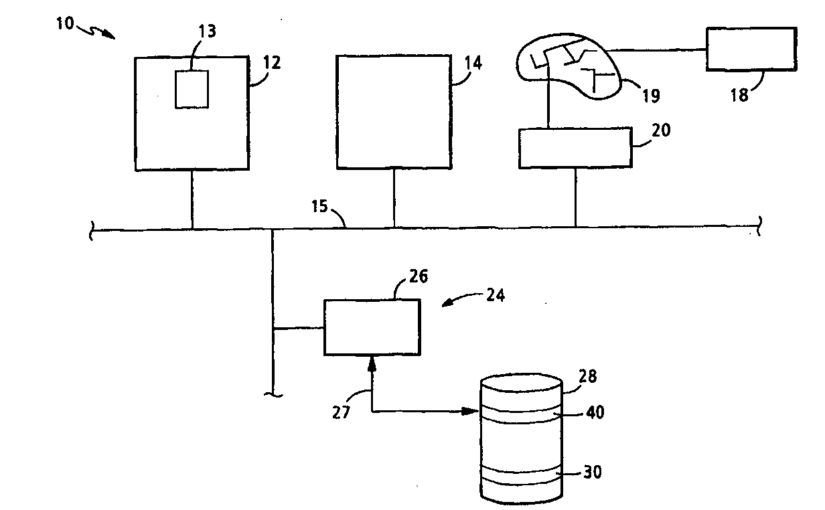This decision concerns the technical nature of information. This can have a technical character if:
– it is used in or intended for use in a technical system,
– if it reflects the properties of the technical system.
Object of the Invention:
- automatic search in dictionaries with a character-by-character process that cuts off the characters from the end of the word until a valid combination of stem and ending is found to achieve the longest match
- Claim 1 differs from the closest prior art (general purpose computer) in that it comprises a low frequency dictionary look-up process on the basis of the socalled “longest match principle“, meaning a look-up process which produces the dictionary entry with the longest stem matching the source text word
Board I (inventive step)
- a piece of information in a technical system, or its usability for this purpose, may confer a technical character on the information itself in that it reflects the properties of the technical system, for instance by being specifically formatted and/or processed
- such information when used in or processed by the technical system may be part of a technical solution to a technical problem and form the basis for a technical contribution of the invention to the prior art
Board II (inventive step)
- the use of a low frequency dictionary and an algorithm of sequentially dropping letters as part of the matching process may be regarded as the result of a specific adaptation of the translation process for computer implementation –> in principle as technical components of the claimed invention
- the application of the “longest match principle” is in substance based on linguistic considerations
- applying the principles laid down by the Board in its COMVIK-decision, the decision for one or the other matching principle (“longest match principle”, “shortest-matching method”) does not seem to solve any technical problem and hence does not fall within the responsibility of a technically skilled person
- it is rather a non-technical constraint determined by the linguistic expert and given to the skilled person as part of the framework of his task, namely implementing the known low frequency dictionary look-up process by applying the “longest match principle”
